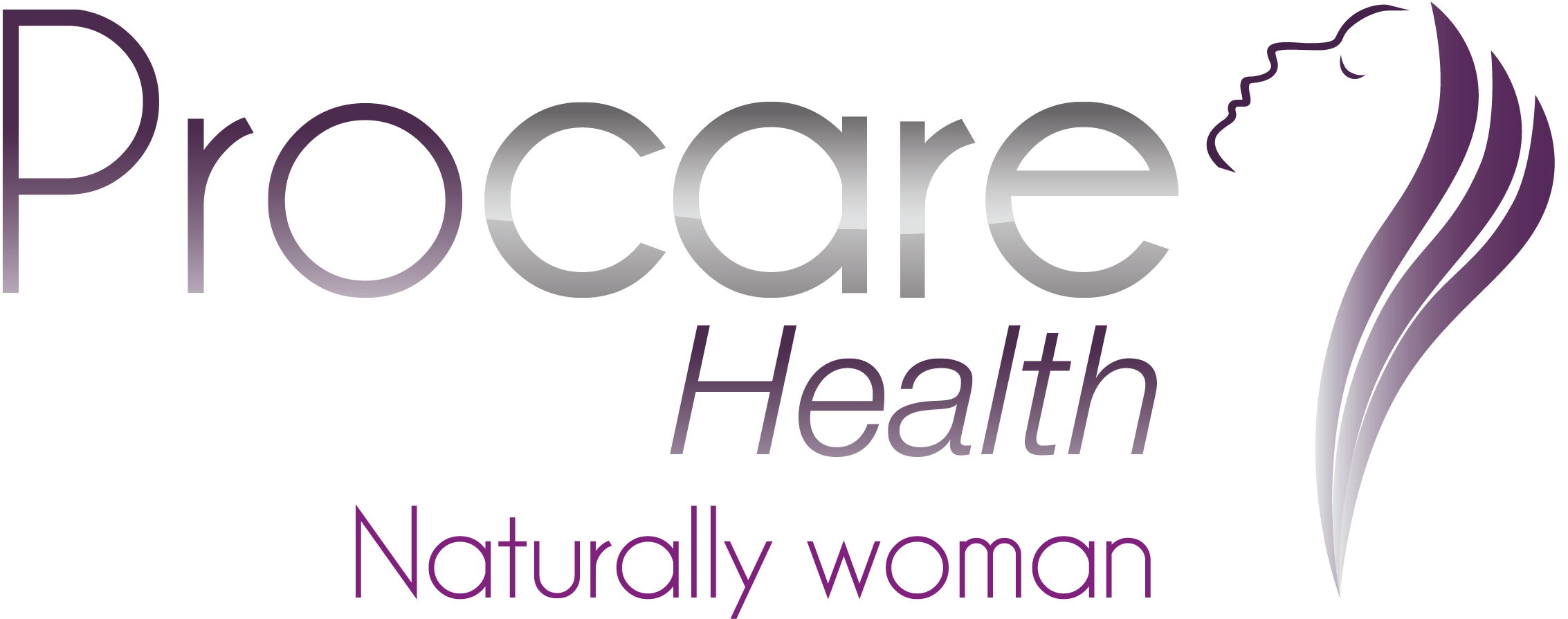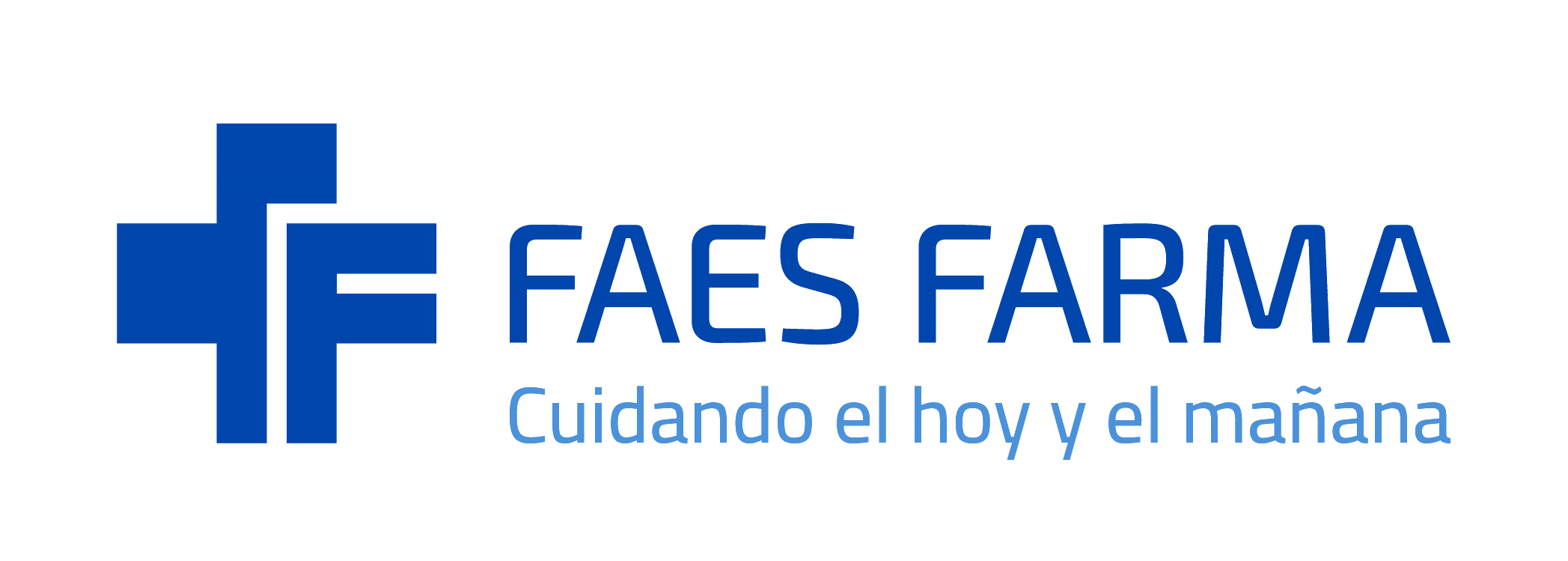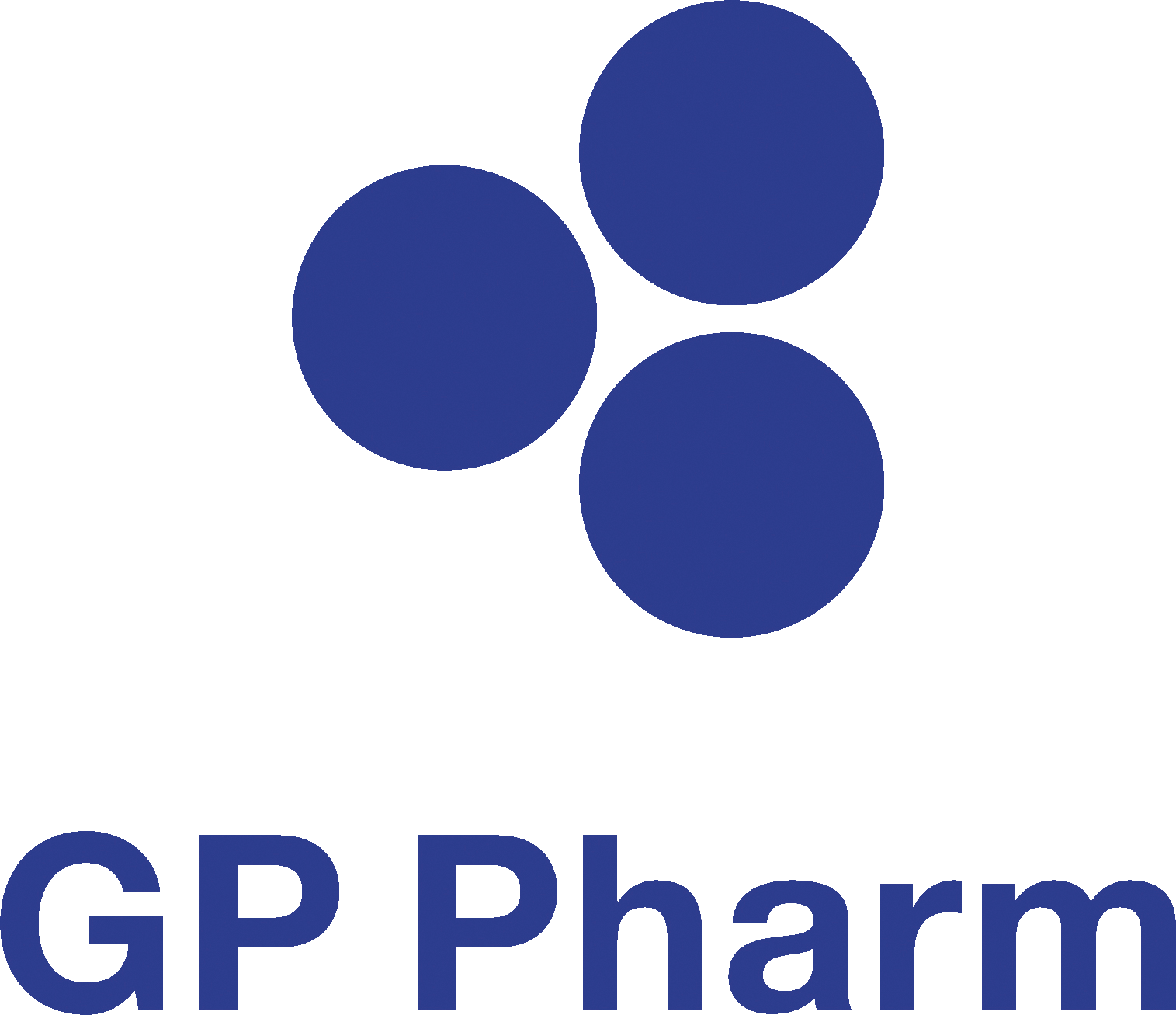Periostin is an extracellular matrix protein, and in bone is expressed most highly in the periosteum. It increases bone formation through osteoblast differentiation, cell adhesion, Wnt signalling and collagen cross-linking. We hypothesised that serum periostin would be high at times of life when cortical modeling is active, in early adulthood and in older age, and that it would correlate with cortical bone measures, bone turnover and hormones that regulate cortical modeling. We conducted a cross-sectional observational study of 166 healthy men and women at three skeletal stages; the end of longitudinal growth (16-18years), peak bone mass (30-32years) and older age (over 70years). We measured serum periostin with a new ELISA optimised for human serum and plasma which recognises all known splice variants (Biomedica). We measured the distal radius and distal tibia with HR-pQCT, and measured serum PINP, CTX, sclerostin, PTH, IGF-1, estradiol and testosterone. Periostin was higher at age 16-18 than age 30-32 (1253 vs 842pmol/l, p<0.001), but not different between age 30-32 and over age 70. Periostin was inversely correlated with tibia cortical thickness and density (R -0.229, -0.233, both p=0.003). It was positively correlated with PINP (R 0.529, p<0.001), CTX (R 0.427, p<0.001) and IGF-1 (R 0.440, p<0.001). When assessed within each age group these correlations were only significant at age 16-18, except for PINP which was also significant over age 70. We conclude that periostin may have a role in IGF-1 driven cortical modeling and consolidation in young adults, but it may not be an important mediator in older adults.
Bone. 2017 Jun;99:8-13. doi: 10.1016/j.bone.2017.03.041. Epub 2017 Mar 16.
Más información
Walsh JS, Gossiel F, Scott JR, Paggiosi MA, Eastell R.












